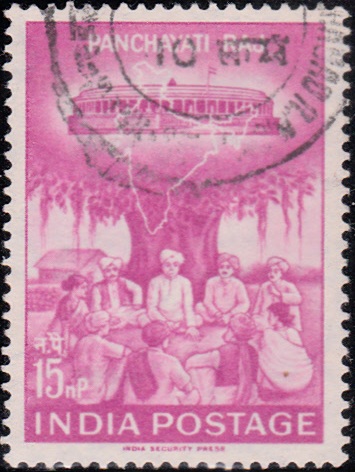
Panchayati Raj
A commemorative postage stamp on the Inauguration of Panchayati Raj in Indian rural administration : basic unit of local administration :
Issued on Jan 26, 1962
Issued for : The Posts and Telegraphs Department marked the progress made by this national movement by the issue of a special postage stamp on republic day 1962.
Design : The stamp symbolises the basic philosophy and aims of Panchayati Raj. It shows a Panchayat meeting being conducted under a banyan tree, which typifies rural life in India. Above the trunk and the branches of the tree is shown the Parliament House with the national flag hoisted on it. An outline of the map of India is shown in the upper half of the stamp over-lapping Parliament House and banyan tree.
Type : Stamp, Postal Used
Colour : Red Lilac
Denomination : 15 Naya Paise
About :
- The state take steps to organise village panchayats and endow them with such powers and authority as may be necessary to enable them to function as units of self-government – The Constitution of India. Panchayati Raj is the fulfillment of this directive principle of State policy enshrined in the constitution. It aims at bringing the democratic method of functioning into the day-to-day activities of the village community. It is a system of grass- root democracy, which seeks to link the individual family in the remotest village with the Central Government. The basic unit of self – government is, of course, the family. But the spheres of social activity, which demand collective action of the entire village community, have to be left to an organisation – the village panchayat. The basic philosophy of the Panchayatee Raj system is that the Panchayat must draw its strength and sanction from the village people as a whole working in cooperation with self-government bodies at higher levels in an organic setup. The Panchayat constitutes the basic of a three-tier system of self-governing institutions located at block and district levels. The Panchayatee Raj system had been making steady progress throughout the country and by the end of 1961, Andhra Pradesh, Rajasthan, Mysore, Madras, Orissa, and Punjab and Uttar Pradesh had implemented the necessary Panchayatee Raj legislation and Bihar, Gujarat, Madhya Pradesh and Maharashtra had enacted it. It was expected that all the states of the Union would have implemented the scheme by the middle of 1963. The village Panchayat, the basis of the three tier system, is a statuary body elected by the entire adult population of the village constituting what is known as Gram Sabha. Village Panchayates or the village councils have functioned effectively in the village for times immemorial and Panchayati Raj seeks to give this traditional form a new content and a new vitality to make it an effective instrument for the tasks of the present. The village Panchayat is vested not only with the responsibility of self-government in municipal sense, but also with the responsibility of implementation at the village level of all the development programmes. Responsibilities and activities, which fall outside the scope of the village panchayat, are taken care of by the Panchayati Samiti at the Block level. All the money provided in the Community Development Block budget and the moneys made available by different development departments, are pooled at the level of Panchayat Samiti, which is the effective unit for planning and development. It draws up the plans and ensures their implementation in collaboration with and through the village Panchayat in jurisdiction. The Panchayat Samiti is linked to the Zila Parishad, which at the district level provides the necessary guidance in technical and administrative matters. The Zila Parishad is, in effect, the co-coordinating and supervising body. It also prepares the development plans for the entire district on the basis of the plans prepared by the Samitis. Panchyati Raj is the means to community development. In concrete terms, this development programme means increasing agricultural production, promotion of rural industries and co-operative institutions, and utilization of all available resources in different development programmes, to the maximum extent. Panchayati Raj aims at providing adequate assistance to the economically weaker sections of the village community, dispersal of authority, and initiative with special emphasis on the role of voluntary organizations, progressive improvement in the ability of both officials and non-officials to handle problems of rural development, the creation of understanding and harmony between the people’s representatives and the people’s servants and the spirit of co-operative self-help in the community. The community Development programme which was started in October 1952, as a programme of aided self-help has now become an integral part, in fact the operational philosophy of Panchayati Raj.


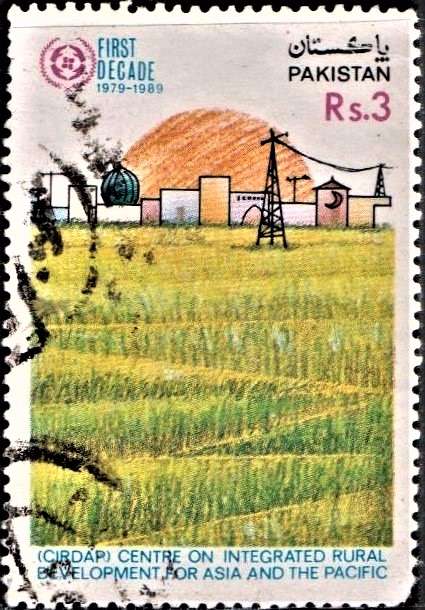
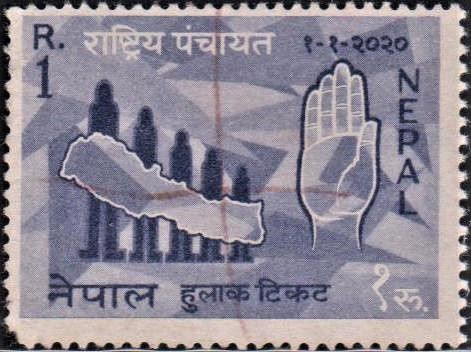
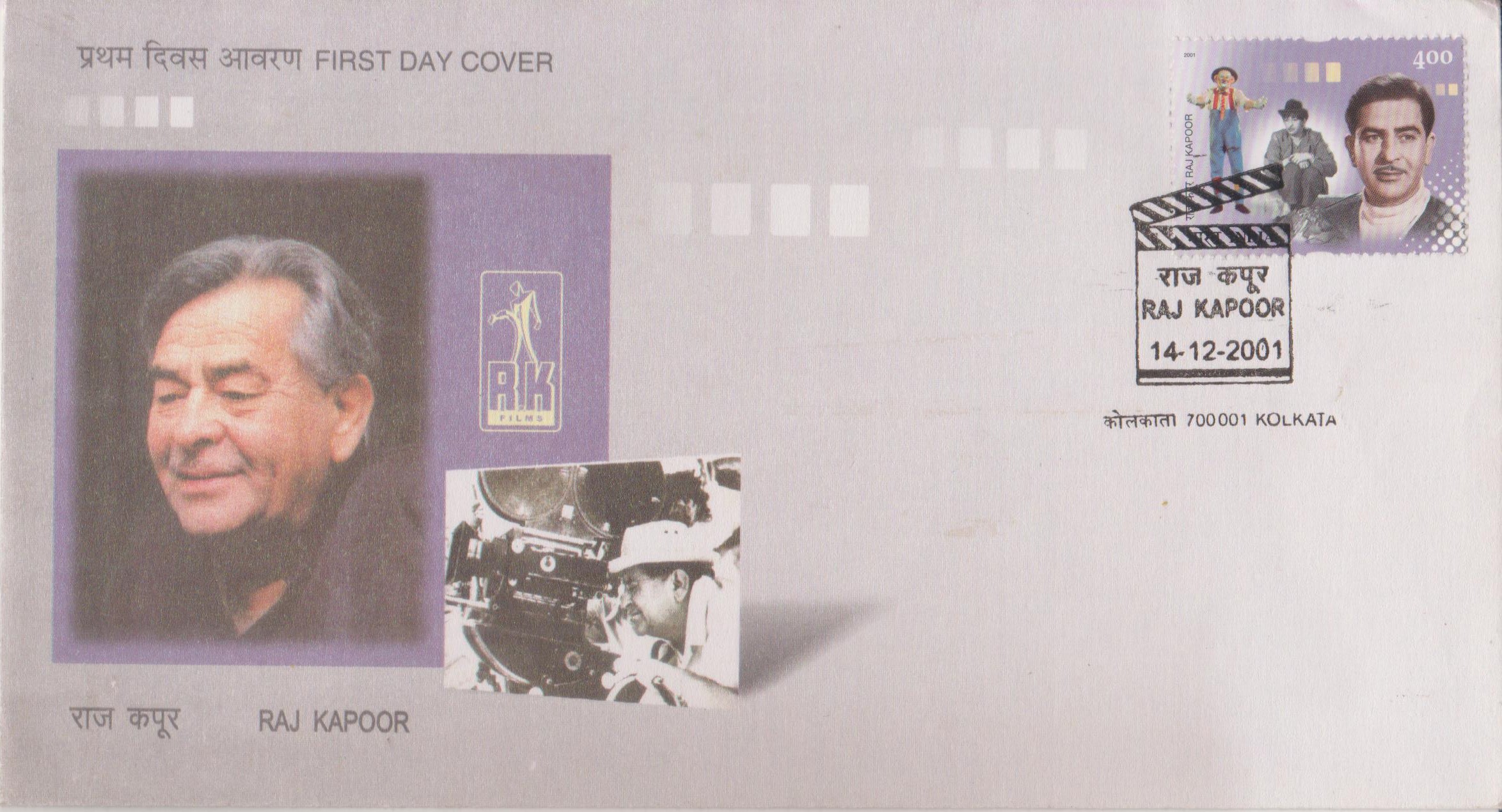

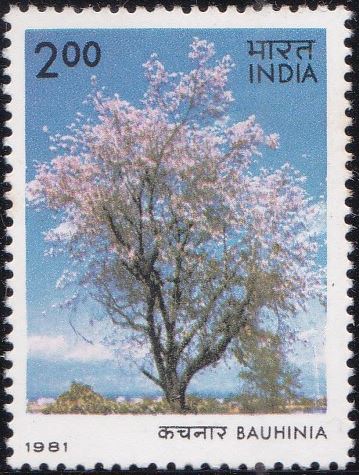
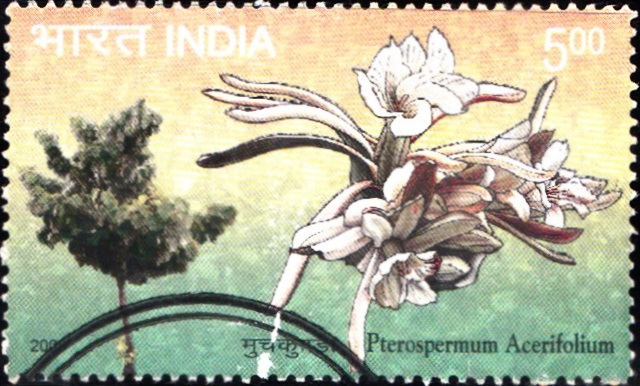
[…] Minister of Gujarat was a valiant freedom fighter, social worker and a pioneer of the concept of Panchayati Raj. He participated in the Satyagraha Movement, launched at Nagpur under the leadership of Sardar […]
[…] districts of Madhya Pradesh and the adjoining areas of Maharashtra, Gujarat and Rajasthan. The panchayat consisting of elders is a feature of their village life. The Bhils till the soil for livelihood and […]
[…] the devolution of power, authority and responsibility to institutions of local government – Panchayati Raj and Nagarpalikas. In the field of foreign policy, he acquired immense stature in the comity of […]
[…] Guddi-Gudda Boards (Girls-Boys Board) would be widely displayed in prominent public places such as Panchayats, Anganwadi Centres, Health Centres, Tehsil Offices. This would also be used in discussions around […]
[…] of Family Planning. A series of seminars were planned in which voluntary organisations, village panchayats, employers and labour organisations, academic community, etc. will participate. State Governments […]
[…] of educational institutions in every nook and corner of the state. He also strengthened the Panchayat Raj and Zilla Parishads. He resigned from the post of Chief Minister on 24th September […]
[…] of roads in the state has been increased to 38 thousand kilometers. More than 97 percent of the panchayats are connected with roads. A target has been set up to connect the remaining panchayats with roads […]
[…] (1993) to the Constitution of India have provided for reservation of seats in the local bodies of Panchayats and Municipalities for women, laying a strong foundation for their participation in decision making […]
[…] about massive behaviour change and strengthened implementation and delivered mechanisms down to the Gram Panchayat (GP) […]
[…] importance of research and development in medical education. He was also a pioneer in implementing Panchayati Raj in the state of Madhya Pradesh. Recognizing the benefits of environmental conservation, Shyama […]
[…] considerable distinction. As Chairman of the Government of India Committee on Revitalization of Panchayati Raj Institutions, his recommendations and draft amendments have been incorporated into the Constitution […]
[…] of Panchayati Raj Institutions in saving new-born lives and preparing advocacy and education materials targeted at […]
[…] the ideas of one national language throughout the country, Swadeshi, Nationalism, establishment of Panchayats, upliftment of the downtrodden, national and social unity, profound sense of patriotism and […]
[…] was introduced in India by the Act of 1860, where assessment was made by a Panchayat and a person feeling aggrieved by the order could appeal to the Collector of the District, whose […]
[…] joined the State Cabinet, holding charge of the portfolios of Finance, Law, Community Development, Panchayat and Local Self Government. He was re-elected to the State Assembly in 1962 and continued to remain […]